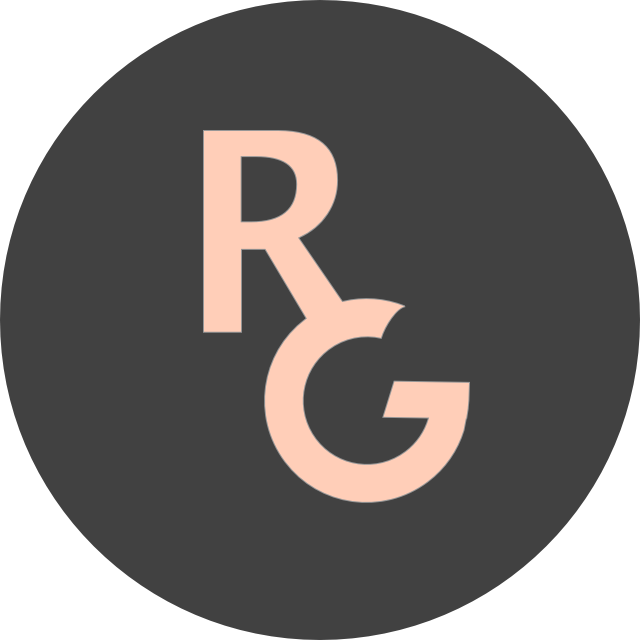Virtual Hairality: Project Summary
Designing a digital application for a hair salon through user research and testing
Personal UX concept project | 2 Weeks | Individual
The below case study showcases a summary of the project. To read my full UX process please click here.
Overview
I created a new app concept for a hair salon in order to improve customer satisfaction and trust — Virtual Hairality!
This was a solo project I took upon myself, after having a few unpleasant experiences at the hair salon I was keen to understand if others were going through a similar situation and what could be done about it. This project was purely a concept project.
Process
I used the double diamond model to discover, define, develop and deliver the project.
Software
Sketch, Balsamiq, Marvel & Adobe Illustrator.
Research Methods + Deliverables
Competitor research, user interviews, persona, problem statement
Ideation, storyboard, app map
Usability testing, low fidelity wireflow, mid fidelity prototype and a colour palette.

